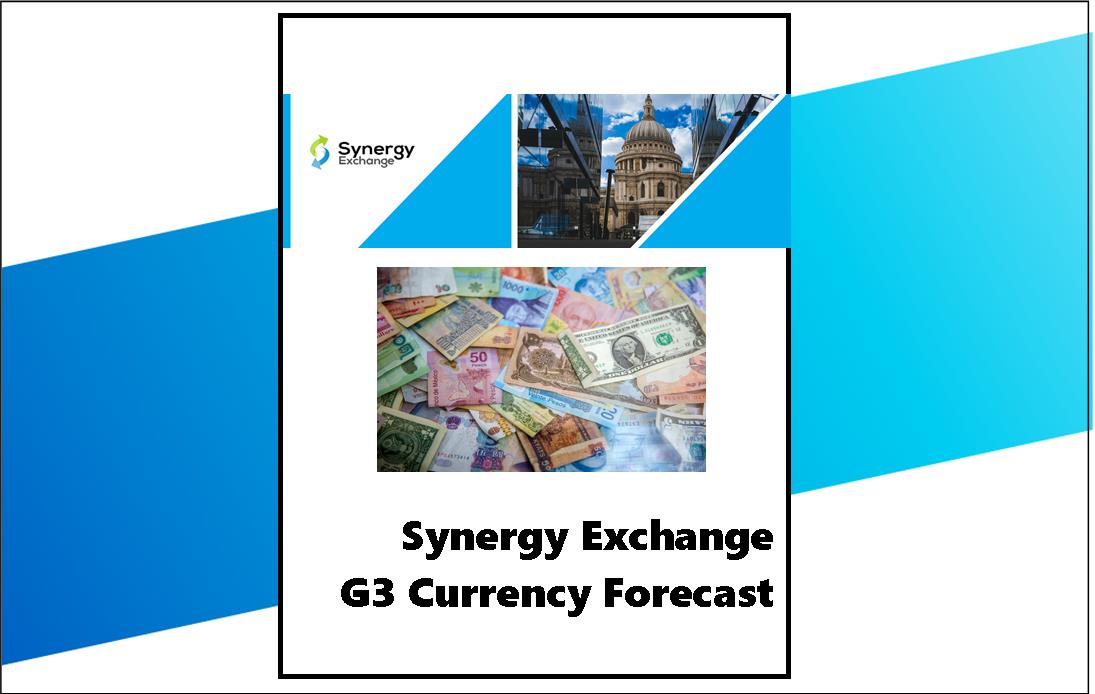Good Morning, after the fears of violent disruption to President Biden’s inauguration proved to be unfounded, the market has returned its attention to COVID-19 and the proposed stimulus package.
Sterling has so far been a beneficiary from the success of the vaccination programme’s roll-out, which is now seeing nearly 500,00 inoculated daily.
However, after Boris Johnson warned of the new strain’s virulence, the pound may start to ease back. Currency traders will be watching out for more information on this as they will the vaccination rate. The perceived wisdom is that countries that vaccinate the quickest will see their economies recover fastest. In this respect, the UK is striding ahead of the US and Europe, having vaccinated over 10% of the population.
In the week ahead we will be watching to see if Joe Biden can circumvent any filibustering attempts by the Republican party in the Senate to stall his $1.9trn stimulus package. For the man on the street, the aid is desperately needed, and if Joe Biden fails to get enough bipartisan support, the recent rise in the dollar could stall. The disappointing December Retail Sales released last Friday raised questions about the UK economy’s ability to bounce back. This week, we will get further clues about it when the latest unemployment figures are released. We will also be watching political developments in Europe, particularly Italy. The other events of note will be the “virtual Davos” meeting where we will hear most of the world’s leaders opening on COVID-19 and midweek the monthly Federal Reserve meeting, and press conference will take place.
UK
Sterling has opened strongly this morning, above $1.3700 following on from last week’s solid performance. Vaccinations are continuing apace, and as yet few problems seem to be surfacing because of Brexit. Late last Friday afternoon, the prime minister did sound a warning shot about the dangers of new variants of the virus, which may lead to a longer lockdown than anticipated. The market is now putting more emphasis on the rate of vaccinations than backwards-looking data, which is just as well after Friday’s disappointing Purchasing Managers Index (PMI) and Retail sales figures indicated that a double-dip recession is now likely. Countering this was the good news of a reduced risk of negative interest rates and a surprising uptick in inflation. In the coming week, we will be watching for the Unemployment figures tomorrow which are expected to have climbed again to above 5% despite the furlough scheme’s extension.
Euro
The euro has seemingly been defying gravity recently and has opened at $1.2150 against the dollar; however against sterling it is more restrained at €1.1250. Political problems will continue to concern investors in the single currency, with Italy’s future leadership still hanging in the balance. Inadvertently, the European Central Bank gave the single currency a nudge up with a technical adjustment to its Pandemic Emergency Purchase Programme (PEPP), which was taken as a hawkish move by market observers. There are plenty of speakers to occupy the market this week with the ECB’s Christine Lagarde starting the week on Monday and its chief economist Phillip Lane speaking on Wednesday. Emmanuel Macron and Angela Merkel will also get their opportunities to pass comment at the virtual Davos meeting. A full data docket awaits us as well, with Germany’s IFO Business Climate report first out this morning. Then we wait until Thursday for the next meaningful figures: the Eurozone Industrial and Consumer confidence readings as well as a snapshot of Germany’s inflation data. The week closes out with German GDP for the last quarter and its most recent unemployment data.
US
The celebratory parties are well and truly over for Joe Biden, and it’s down to work this week in his efforts to unite the country and control the second wave of COVID-19. Despite the Democrats’ best efforts, the Stimulus Relief bill is stalling and as it does the dollar is stuttering. The markets will be watching to see if instead of one sizeable all-encompassing bill, he decides to get relief packages passed in piecemeal stages. As elsewhere, the vaccination rate will be studied, as will the take-up level, as economists try and read the economic recovery pace. We also have a busy data docket to look forward to starting with Consumer Confidence tomorrow. Durable Goods orders follow this on Wednesday, and the Federal Reserve holds its first meeting of the Biden era on Wednesday followed by Jerome Powell’s press conference. It is expected he will increase pressure for more stimulus and reassure the markets of the Fed’s willingness to act. Thursday sees preliminary 4th quarter GDP and Jobless claims, and we close out the week with Personal Income and Consumption data.
Scandi
The Swedish krona was rangebound last week in what was a tranquil week despite comments from Riksbank official Jansson saying that interest rates can drop down to negative in the future. The muted response from the market is being viewed as positive, and the recent bull run may continue. The border between Norway and Sweden was shut on Sunday by Swedish authorities as the increasing number of mutated viruses started escalating in bordering Norwegian towns. This week we will keep a close eye the inflation figure out on Tuesday and the trade balance on Wednesday. The official unemployment figure for December is out on Thursday together with the Christmas retail sales. Swedish retail consumption is expected to have decreased by 1% compared to a year ago.
The Norges Bank kept its interest rate unchanged but once again cautioned the market that it may be positioned too short. Speculation in the financial press is now rife that Norway will be the first G10 currency country to raise interest rates. The mutated virus is now spreading in Norway and Oslo has gone into a full lockdown, again. This week we pay extra attention to the unemployment rate, which is out on Friday. It is expected to have increased to 4.3% from 3.8%.

